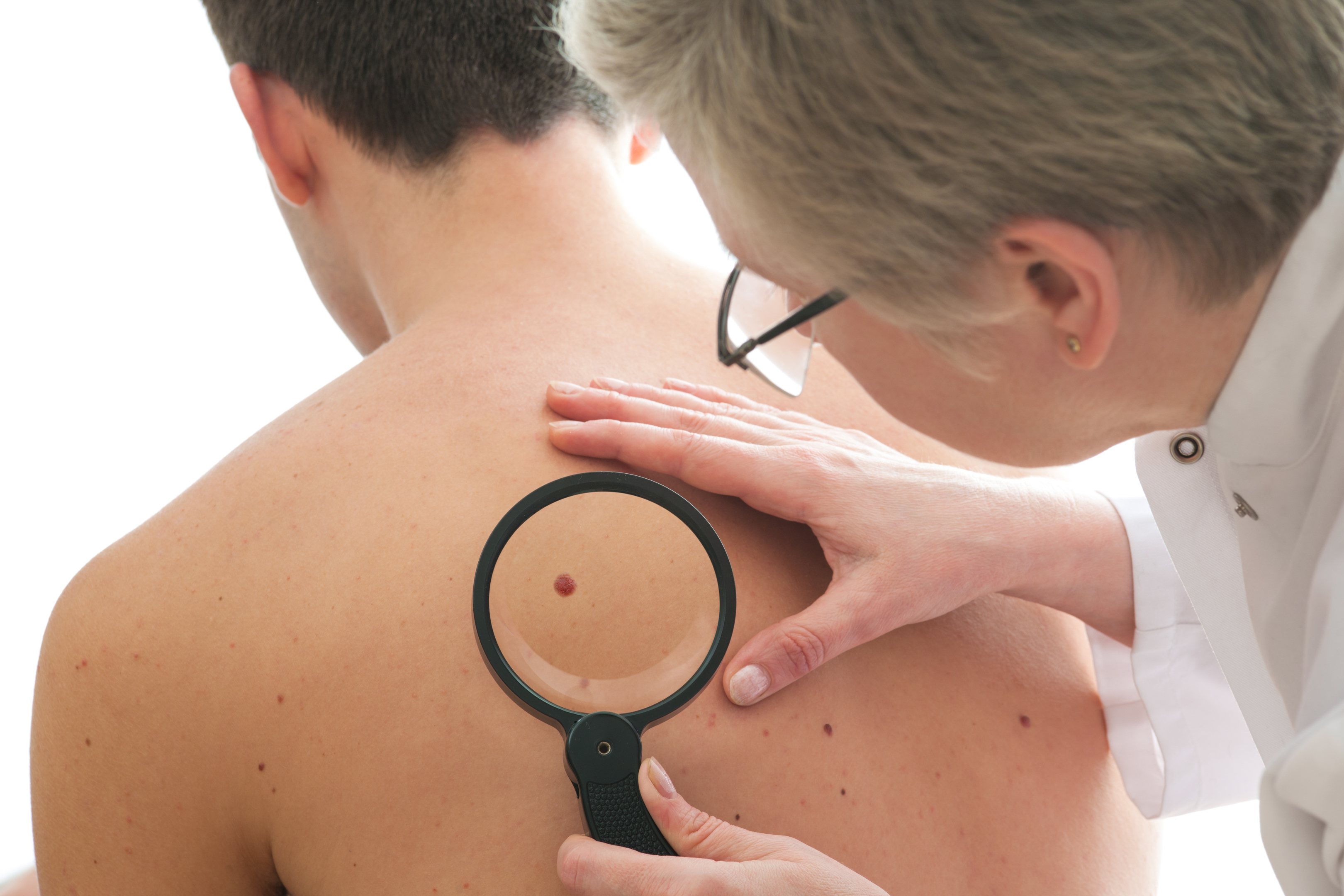
BRITISH workers exposed to the elements account for 2% of cases of the most deadly form of skin cancer, a study has found.
Exposure to harmful ultraviolet (UV) rays from the sun while at work leads to one death and five new cases of malignant melanoma every week, the new estimates suggest.
Construction workers are most at risk of malignant melanoma followed by those who work in agriculture, researchers said.
Police, the Armed Forces and other public administration workers are also susceptible, according to the study published in the British Journal Of Cancer.
The researchers estimated there are 48 deaths and 241 cases of melanoma skin cancer each year in Britain caused by people being exposed to the sun while working.
Dr Lesley Rushton, lead researcher from Imperial College London, said: “We’ve shown previously that people often don’t understand the risks of damage caused by sun in the UK.
“But this research shows you don’t have to work in the Mediterranean or a traditionally sunny country for the sun to damage your skin.
“It’s important to get to know what your skin is normally like, and to tell your doctor if you notice any changes to how your skin looks or feels.
“Skin cancer can appear as a new mole or mark, or it can be a change to something you’ve had for a while.
“Now that we have a clearer picture of the extent of the damage caused, employers need to make sure they take sun exposure at work seriously and work out how to reduce it.”
READ MORE : Skin cancer cases soar among ‘sun, sea and sangria’ generation
The study, funded by the Institution of Occupational Safety and Health, examined risk estimates from previously published studies along with national data sources on skin cancer.
The authors found the main industries “of concern” were construction, agriculture, public administration and defence and land transport.
Construction workers accounted for 21 deaths and 101 cases of malignant melanoma.
“We estimate that 2% of all cutaneous malignant melanoma in Britain can be attributed to occupational exposure to solar radiation giving approximately one death and five new cancers per week,” they conclude.
“This highlights the need to develop appropriate strategies to reduce this burden.”
Commenting on the study, Sarah Williams, Cancer Research UK’s health information manager, said: “We all need some sun for healthy bones, but too much can increase the risk of skin cancer, and the risk can be higher for some people.
“Generally, the best ways for people to protect their skin is to spend time in the shade between 11am and 3pm, and cover up with clothing.
“Also use sunscreen with at least SPF 15 and four or more stars on the parts of the body you can’t cover, like face and hands.”

Enjoy the convenience of having The Sunday Post delivered as a digital ePaper straight to your smartphone, tablet or computer.
Subscribe for only £5.49 a month and enjoy all the benefits of the printed paper as a digital replica.
Subscribe